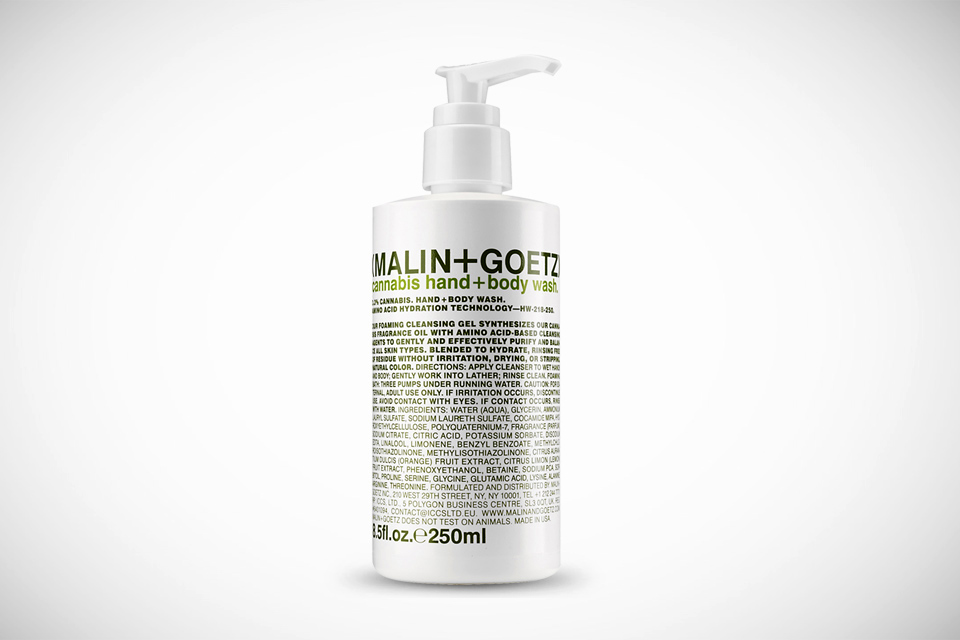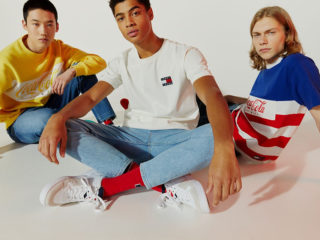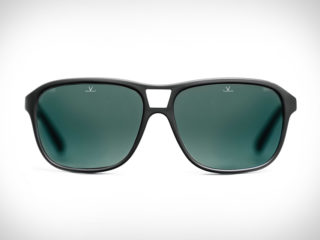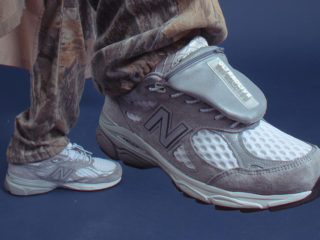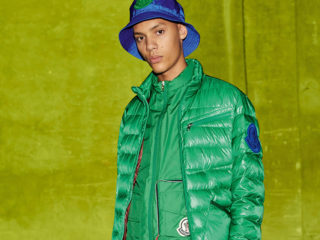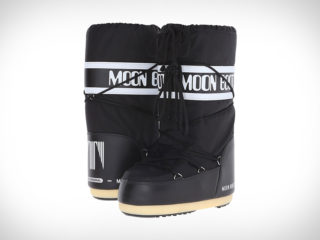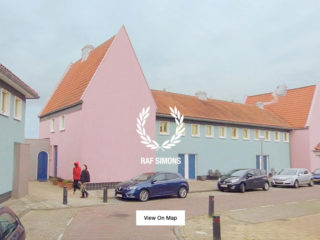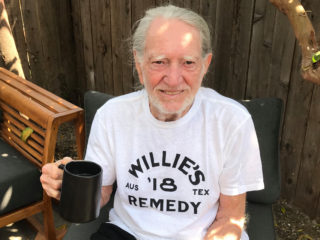The thought of bell bottoms, handlebar staches, oversized fros, and extra-thick sideburns often conjure up the vision of that cheap Halloween costume collecting dust in the Ricky’s half-off aisle. It’s actually difficult to envision any part of 70’s style without associating some level of mockery. John Travolta’s spread lapels, the Bee Gees’ perms, Greg Brady’s rocking white bell bottoms—the whole thing was (and is) a joke. It’s a decade that exists in your head stylistically as a punchline. Men wore heels for Christ’s sake! The 70’s might as well have existed solely to give birth to three things:
1. The gradient sunglass lens fade.
2.The use of the word grass to describe weed, and
3. Ron Burgundy
So how is it that in its lingering swan song episodes, Mad Men, the men’s televised guide to everything right with style, has attempted to introduce a word never used in combination with “the 70’s”—sophistication.
How the fuck did they pull that off?
How is it that the sterling Roger Sterling—now with man-chop sideburns and a snow-white mustache—can still embody the sharp and sleek style king of Madison Avenue?
Nothing about beige-hued plaid suites can possibly still be sleek, can it?
Yes. Yes It can.
Here are the secrets of how Mad Men can transform any decade and style into fashion greatness:
1. Crisp & Clean: Take a look at any shot of Mad Men season 7. The suits might be brown or a ridiculous plaid, the jacket lapels wide as all hell, but still the fits are perfect. The lines are clean regardless of how loud the suit and shirt patterns are. Everything can still be described as “crisp.” Even a ruffled tuxedo shirt, which has never in the history of man been seen as something “polished,” manages to ooze of sophistication
This is untapped waters. What this loosely translates into is a mind-blowing style life lesson: You can wear whatever the fuck you want, from any decade, from any time, as long as it A. has a perfect fit, and B. is impeccably clean. You, son, can now go and master the sophistication of anything.
2. Men Like Our Fathers: There’s a reason why Mad Men, despite its sometimes dreadfully slow pace (especially in the last two seasons), has hypnotized an extremely devout audience for the past eight years. Men watch this show and see the stronger men their fathers once were. It’s extremely hard to open your dad’s wedding album and see beyond the tragic jackets, large velvet bow ties, and deranged haircuts of the 70’s. A photo can’t bring to life the heavy decisions, complicated morals, and testosterone-driven men that the past generation once embodied. Mad Men provides a possible backstory to all the photos we’ve all once looked at and laughed our asses off to at one point or another. All of the smoking and drinking on the show encapsulates that exact unsettled disposition; juggling the drive for success and everything else that gets in the way of it.
So in some ways, it’s not that Mad Men made the style of the 70’s cool again, but rather the show brought to life the unknown stories of men in that era—without any snicker. Characters so interesting, driven, and, most importantly—familiar— that for a viewer, the show’s relentless dedication to its style, 60’s or 70’s, has served both as a bridge and a memento to understanding what life may have been like for all those men frozen in faded family polaroids with those dreadful plaid jackets.
By Isaac Galena | @isaacgalena



